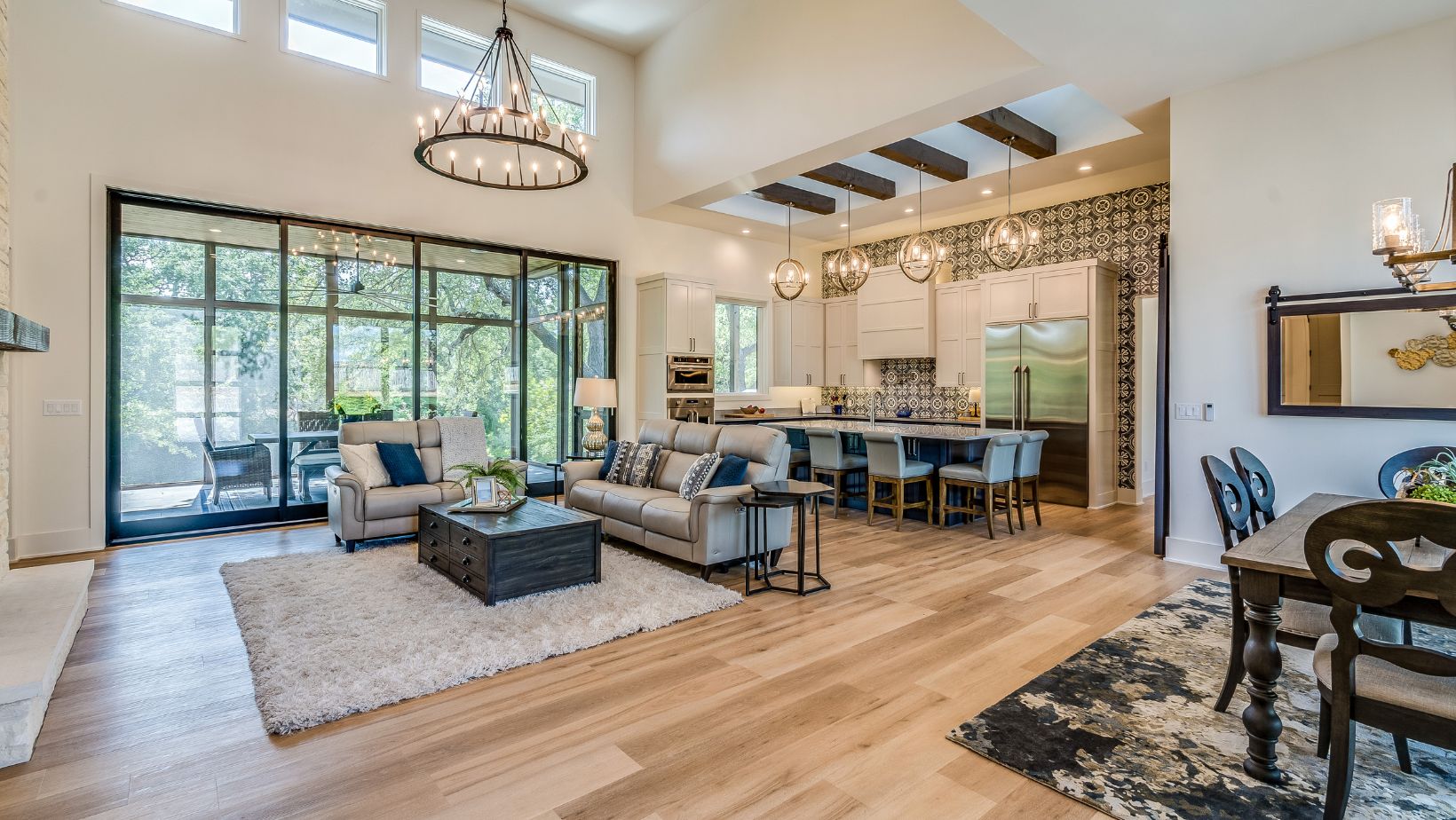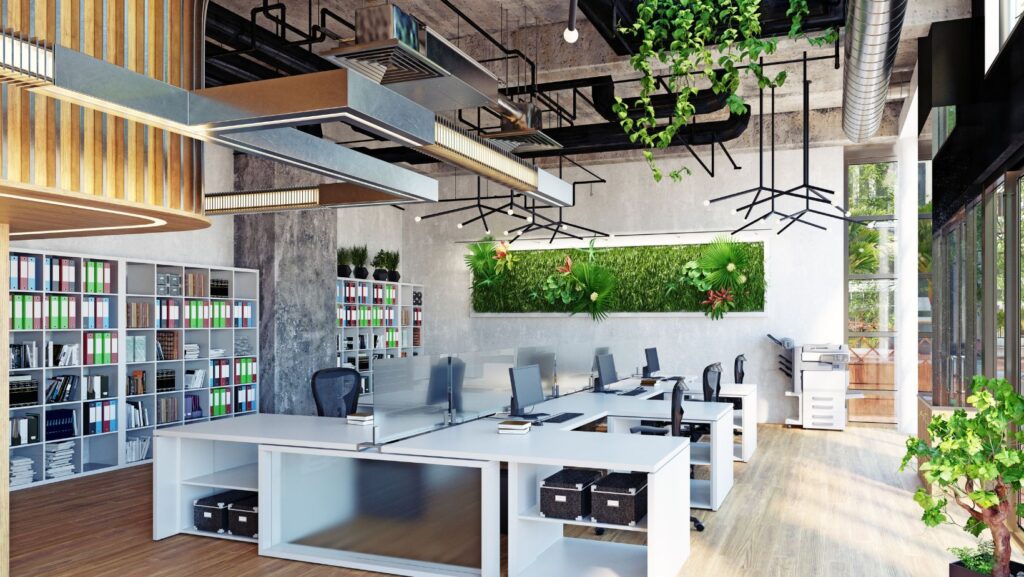Open-concept spaces have become popular for modern homes, facilitating a sense of flow and spaciousness that traditional layouts often lack. However, designing such a space can be challenging if not approached thoughtfully. When selecting materials, visiting a quality hardwood flooring store is important to find options that enhance the aesthetic. Balancing unity with distinct functional areas is the key to a cohesive open-concept design. Below, we explore essential elements to consider when creating a harmonious open-concept living area.
Unified Flooring
One of the most critical aspects of an open-concept design is maintaining a sense of continuity throughout the space. A quality hardwood flooring store can provide an excellent selection for achieving this. Hardwood floors create a seamless foundation that ties different areas together. The natural beauty and warm tones of hardwood provide a seamless foundation that ties different areas together. Opt for a uniform type of wood and finish to ensure a smooth transition between the kitchen, dining, and living areas. This continuity not only enhances the aesthetic appeal of your home but also increases its resale value.
Versatile Furniture
Furniture plays a dual role in an open-concept space—it must be functional and aesthetically pleasing. Select versatile pieces that can serve multiple purposes. For instance, a large sectional sofa can define the living area while offering ample seating for guests. An extendable dining table can adapt to both intimate dinners and large gatherings. Look for modern, rustic, or eclectic furniture that complements the overall design scheme.
Thoughtful Lighting
Lighting is another crucial element in open-concept design. A well-lit space feels welcoming and expansive, but it’s essential to use different types of lighting to create distinct zones.

Pendant lights over the kitchen island can demarcate the cooking area, while a chandelier or recessed lighting can highlight the dining space. Floor and table lamps add light layers to the living area, making it cozy and inviting. Consider installing dimmer switches to adjust the ambiance for various occasions.
Cohesive Color Scheme
A cohesive color scheme is vital for tying an open-concept space together. When shopping for your color palette, consider visiting a hardwood floor store near me to find the perfect flooring that compliments your design. Choose a neutral base color for walls and large furniture pieces, then add pops of color through accessories like throw pillows, rugs, and artwork. This approach allows you to experiment with color without overwhelming the space. Additionally, using similar shades or complementary colors in different areas helps maintain visual harmony.
Strategic Storage Solutions
Open-concept designs can sometimes lack the storage options found in more compartmentalized homes. However, clever storage solutions can keep clutter at bay while enhancing the overall design. Built-in shelves, under-stair storage, and multi-functional furniture with hidden compartments are excellent options. A well-organized space not only looks better but also functions more efficiently.
Defining Spaces with Rugs
Area rugs are fantastic tools for defining different zones within an open-concept layout. A large rug can anchor the living area, providing a cozy, relaxing spot.

Similarly, a stylish rug under the dining table can delineate the eating space. When choosing rugs, consider their texture, color, and pattern to ensure they complement the overall design scheme.
Personal Touches
Lastly, don’t forget to infuse your personality into the open-concept design. Personal touches like family photos, travel souvenirs, and unique artwork make the space feel truly yours. These elements add character and warmth, transforming a house into a home. Remember, your space should reflect who you are and tell your story.
Conclusion
Designing a cohesive and functional open-concept space requires careful planning and thoughtful choices. By focusing on unified elements like hardwood floors, versatile furniture, strategic lighting, and a cohesive color scheme, you can create a harmonious living area that meets your needs and reflects your personal style. Remember, the key to a successful open-concept design is balance—ensuring that each area flows seamlessly into the next while retaining its unique function. Ready to transform your home? Start with these key elements and watch your space come to life.

